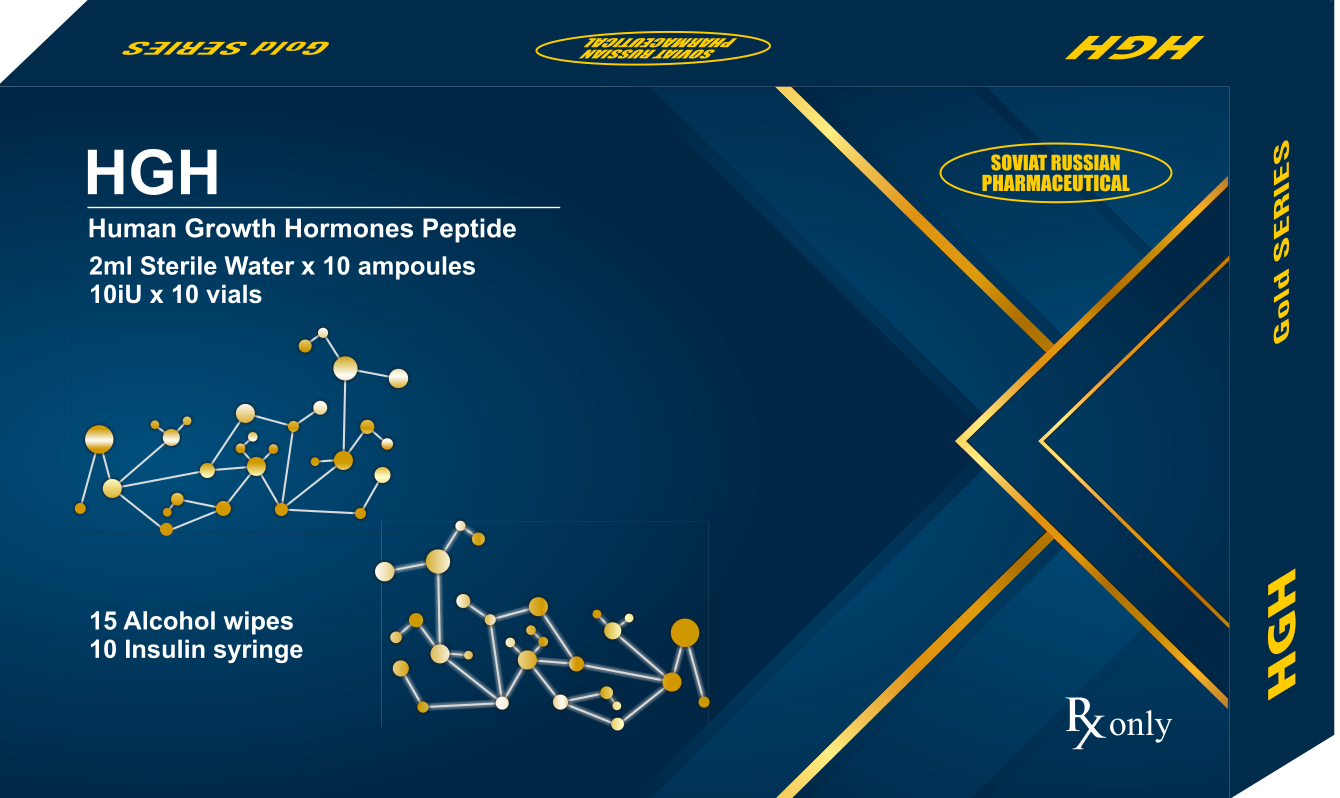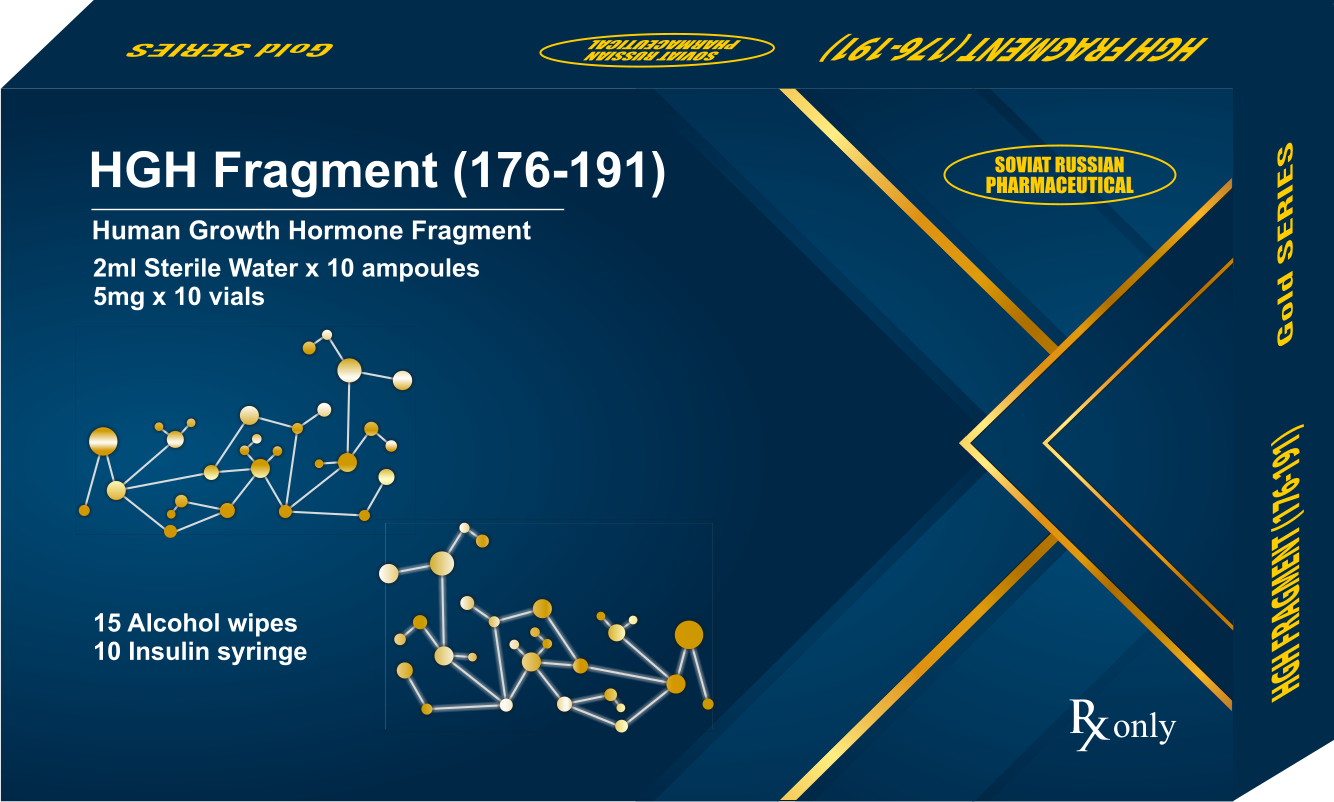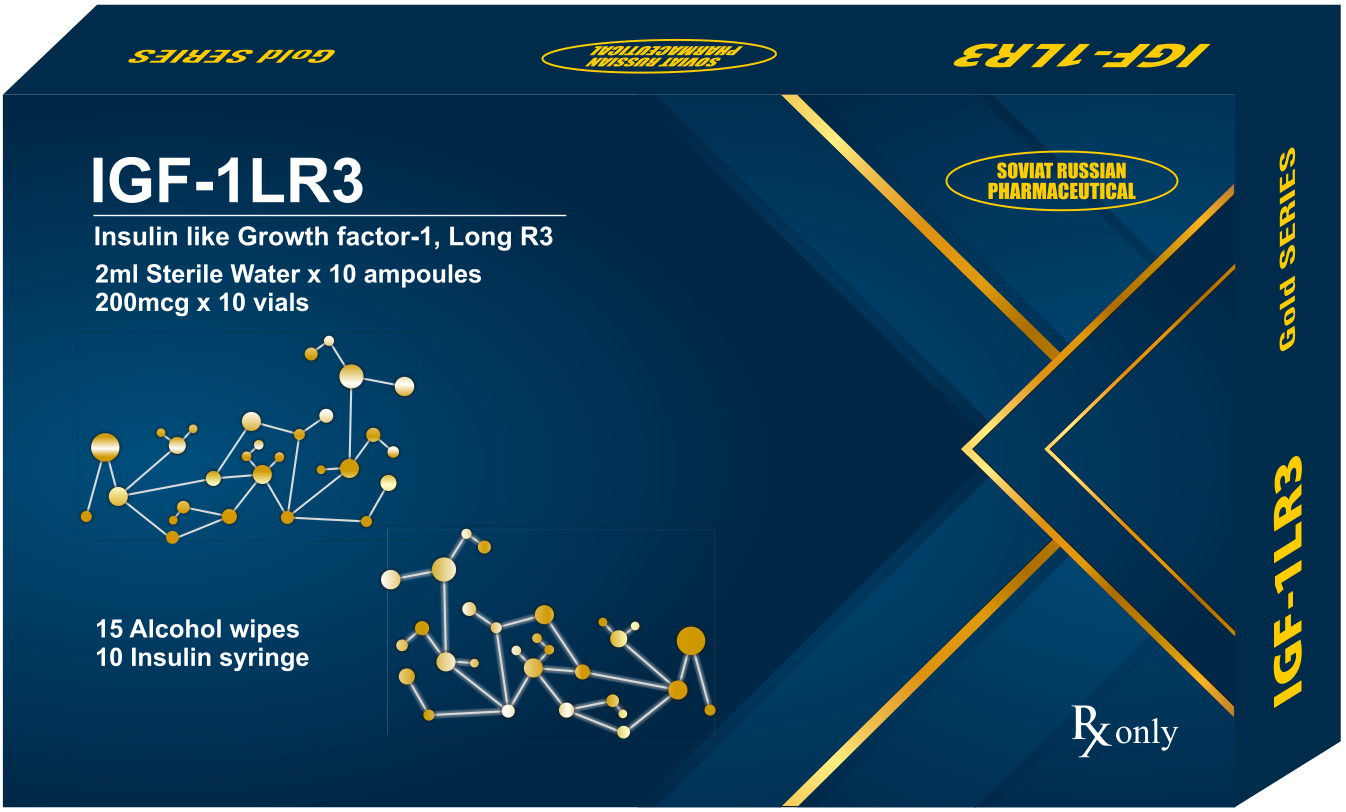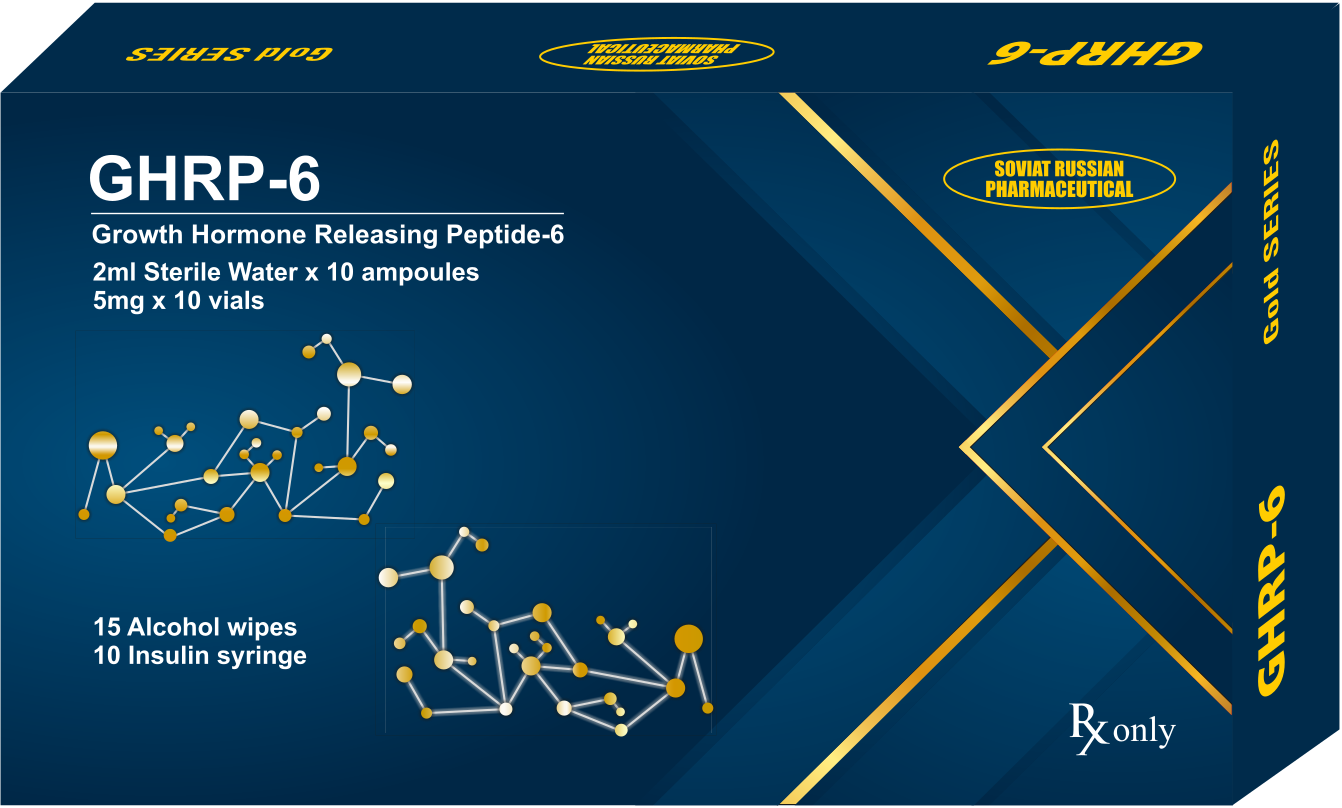
HGH
Human Growth Hormone is a peptide, which is used to activate human growth hormone. It is produced by the pituitary gland. Its main function involves the protein deposition, growth of tissues and the breakdown of subcutaneous fat stores. Growth Hormone is produced at high levels during adolescence. Treatments that use this peptide are focused on the fight against growth hormone deficiency.

HGH
- HGH Fragment (176-191)
The HGH Fragment is a modified form of amino acids 176-191 at the C-terminal region of the human growth hormone (HGH). Studies have shown that it works by mimicking the way natural HGH regulates fat metabolism but without the adverse effects on insulin sensitivity (blood sugar) or cell proliferation (muscle growth) that is seen with unmodified HGH. Like unmodified GH, the HGH fragment 176-191 stimulates lipolysis (breaking down of fat) and inhibits lipogenesis (the formation of fatty acids and other lipids in the body).

IGF
- IGF-1LR3
The product represents an intermediary metabolite, affecting the GH (growth hormone) level in the human body. IGF-1, also known as somatomedin C, has a number of structural similarities with insulin, hence the substance gets its name. Currently, the original IGF-1 and its modified versions are applied in medical practice, as well as power sports to increase the power indicators of bodybuilders, boost endurance, etc. By its structure and schematics, the modified IGF-1 is the almost complete analog of the original IGF-1. IGF-1 is important for the growth of bones and muscles. The product has a similar effect on the human body and leads to the appearance of identical positive and adverse effects. The main feature that IGF-1 LR3 stands out with is the prolonged effect, the aspect that the rivals cannot boast. The product was originally developed to improve the biological activity of the IGF. The LR3 IGF-1 preparation consists of 83 amino acids that form its effects. In practice and during clinical and laboratory phased studies, it was found that the modified version of IGF-1 is at least 2 times stronger than the original. It is also noteworthy that this peptide has not only a more lasting effect but way more pronounced anabolic effect. Thus, an injection of IGF-LR3 can lead to a significant increase in muscle growth during a short course of use, lasting no more than 4-6 weeks.

GHRP
- GHRP-6
GHRP-6 is a growth hormone releasing peptide like GHRP-2, but it targets the pituitary to secrete growth hormone that you have stored. GHRP-6 affects the food we intake into our bodies and how much of the food our bodies would absorb as nutrients. GHRP-6 can increase hunger prior to injection. This can affect the hormone ghrelin, which lies in the digestive tract of most humans and is produced by the stomach to signal emptiness. GHRP-6 not only works in releasing stored growth hormones, but also regulates appetite, promotes fat loss in muscle tissues and helps in healing damaged tendons.